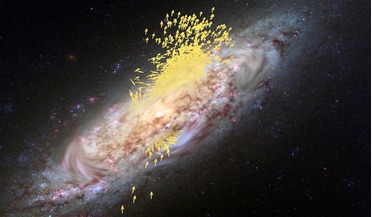 02 November 2018
Scientists unravel the formation history of the Milky Way
02 November 2018
Scientists unravel the formation history of the Milky Way
...; a thin part, which is a few hundred light years deep and is the site of gas, dust and on-going star formation, while the other imaginatively titled part is called the thick disk. The thick disk is a few thousand...
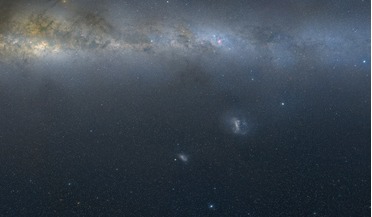 14 December 2016
Astronomers find a ring of new stars around the LMC
14 December 2016
Astronomers find a ring of new stars around the LMC
... three galaxies is still poorly understood. Now, an international team of scientists who have been searching for recent star formation in the far outskirts of the LMC, which extends to some 9 kilo parsecs in radius, have found evidence for...
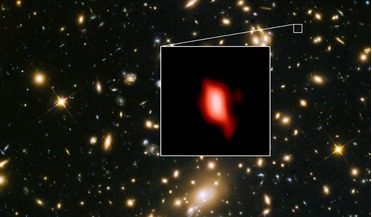 16 May 2018
Astronomers find stars forming just 250 million years after Big Bang
16 May 2018
Astronomers find stars forming just 250 million years after Big Bang
..., Hashimoto and colleagues found that the observed brightness of the galaxy correlates to a period where the onset of star formation began around 250 million years after the Universe began. The discovery of the oldest oxygen signal...
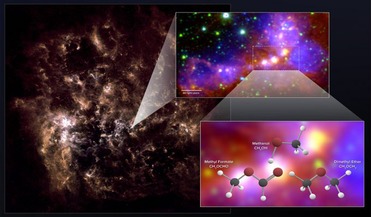 31 January 2018
Surprise find of complex organic molecules in LMC
31 January 2018
Surprise find of complex organic molecules in LMC
...– the chemical signatures of dimethyl ether and methyl formate – two complex molecules that have never conclusively been...low masses, which severely throttles back the pace of star formation.” However, new observations with the Atacama Large Millimeter...
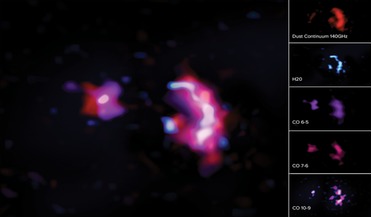 03 November 2021
Astronomers spot the most distant detection of water in a star-forming galaxy
03 November 2021
Astronomers spot the most distant detection of water in a star-forming galaxy
... determined they were actually two galaxies that are probably merging and likely going through a burst of star formation. Scientists are seeing SPT0311-58 as it was in the Epoch of Reionization. This epoch occurred at a time when the Universe...
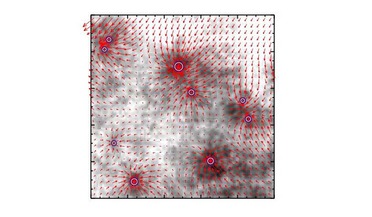 08 June 2016
Long standing initial mass function problem solved
08 June 2016
Long standing initial mass function problem solved
... using just eight equations, which did not invoke any extra free parameters required my many existing star formation theories or any unjustified assumptions. “This area of physics deals with the aspects of systems of large number of particles...